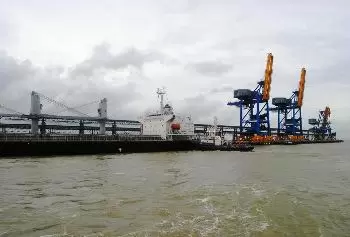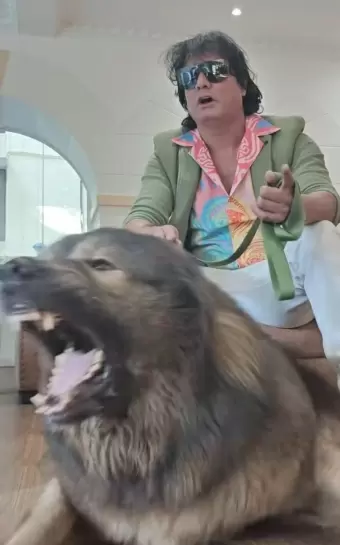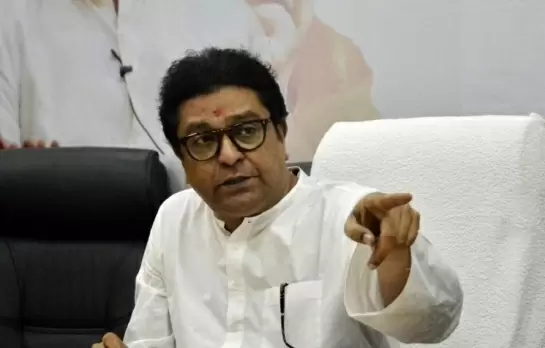Stop the rape of the coast in Odisha
04-December-2013

The series of ports that the Naveen Patnaik government has planned along the Odisha coast poses a serious danger to the coastal ecosystem.
As the mineral deposits of Odisha have always lured corporate houses involved in mining and steel production, the state government has identified 14 sites for developing ports. These are besides the existing ones at Dhamra, Paradip and Gopalpur.
 |
|
The Odisha government’s plans to develop a series of ports along its fragile coastline is causing concern among environmentalists
|
If the government has its way, there would be 17 ports along a short stretch of 480km of Odisha coastline. Almost every major river mouth would be taken over for developing ports.
Will these ports help in the development of Odisha, or as experts apprehend, will the State be burdened with the heavy cost of environmental and social damages due to this rape of the coast?
According to a report of the Commerce and Transport department of Odisha, the state requires these ports to achieve its objective of becoming the main entry/ exit point for sea borne trade in eastern India.
The ports are expected to primarily deal with commodities, as explained in the report, like coal, iron ore, steel and other minerals. Many of the steel producing companies and infrastructure developers are interested in developing their own captive or commercial port.
Since agriculture, handloom and handicraft industries are already neglected in the state, export potential in these sectors are very less. So, the basic objective of the ports is to promote mining and mineral based industrialisation, and also to drain the minerals reserved in Odisha.
Ironically, the development of ports is justified in the name of infrastructural development and a quick growth of state economy.
But the possible impact of these ports on coastal ecology, agriculture and social status of communities living in the coastal villages have been overlooked.
Past experience has shown that people have suffered wherever ports have come up in the state.
After establishment of Paradip port, coastal erosion increased in nearby areas like Satabhaya and Rajnagar.
Rapid erosion at Satabhaya has caused the Bay of Bengal to intrude inland up to 5km. Five villages and hundreds of acres of agricultural land have submerged in the sea.
People of many other villages are fearfully waiting for the day when their houses and lands would be lost to the sea. More ports along the coast would only bring a similar fate to several other coastal villages.
Experts like Jerry Berne of Sustainable Shorelines share the concern. They feel that the construction of ports, which would involve dredging at the river mouths, would cause erosion of the coastline.
Coastal erosion has affected Bhitarkanika wildlife sanctuary, which is a UNESCO heritage site that hosts one of India’s largest mangrove vegetation and is a nesting site for the endangered Olive Ridley sea turtles.
As the sanctuary is close to the most recent port on the Dhamra river mouth, it is apprehended that the process of erosion will be expedited and the land area of the sanctuary would shrink further.
Both the nesting ground for the Olive Ridley sea turtles and the mangrove wetland are facing threat of extinction.
Apart from Bhitarkanika, mass nesting of turtles takes place in two other places, at Devi River Mouth in Puri district and the Rushikulya River Mouth in Ganjam district.
A port is being planned at Astaranga on the mouth of the ecologically sensitive Devi River, where apart from the sea turtles, bottle-nose dolphins often visit in groups.
The region is already subjected to coastal erosion, and the sea has submerged several human habitations in the area in the last 30 years. If the port comes up here, it would be an ecological disaster.
Another port is being planned at Palur, near the Rushikulya River mouth, which is suffering the ecological impact of Gopalpur port.
The proposed port would not only affect the movement and breeding of turtles, but as Biswajit Mohanty, leading wildlife activist and member of National Wildlife Board, India, observes, also accelerate the process of coastal erosion.
The question before us is, can we, and should we sacrifice the turtle nesting beaches for the sake of the ports?
Such an attitude might bring some revenue to the State and benefit a few corporate houses, but the State would be accused globally of failing to protect the breeding habitats of the endangered marine turtle species.
Environmentalists have voiced concern about the Odisha government’s plans to go on a port developing spree unmindful of the environmental costs.
WWF Director Michel Peter and Rahas Bihari Panda, Associate Professor in the Department of Environment Science at Fakir Mohan University are hopeful that better sense would prevail on the government.
The State could have its development without much damage to the ecology if it could rework its current plan.
If it goes ahead with its plans, it would destroy the fragile coastal ecosystem and adversely affect the lives of people living in thousands of coastal villages in the State.
.webp) |
Basudev Mahapatra is a Bhubaneswar based journalist and documentary maker currently working as Editor-in-Chief at Naxatra News - a TV News Channel in Odisha. Mahapatra mostly writes on development, environment and livelihood.
Suspended Kerala IAS Officer Prasanth Raises Promotion Demand During Hearing
How BluSmart Promoters Diverted EV Loans, Bought Flat In DLF Camellias
Homegrown Coffee Chain Nothing Before Coffee Raises $2.3 Million Funding
Supreme Court to Hear Pleas Challenging Waqf Act 2025 Today
Kerala Minister Slams NCERT for Hindi Titles in English Textbooks








